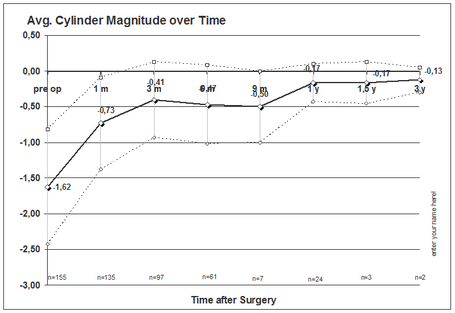

Other long running Romance titles such as Complete Love Magazine and Ten Story Love began as pulp romance titles before switching to comics format in the early 1950s.Ī number of Ace stories were used as examples of violent and gruesome imagery in the 1950s U.S Congressional inquiries into the influence of comic books on juvenile delinquency that led to the Comics Code Authority, namely Challenge of the Unknown #6, Crime Must Pay the Penalty #3 and Web of Mystery #19.
DATAGRAPH POLAR SERIES
Their longest running series were the company's Romance titles Glamorous Romances, Love At First Sight, Love Experiences and Real Love, which began in the late 1940s as the superhero books faded away, and continued until the company ceased publishing comic books in 1956 as a result of the introduction of the Comics Code Authority. Horror titles included Baffling Mysteries, Hand of Fate and Web of Mystery, while their contribution to the crime comics genre was Crime Must Pay the Penalty (the title later shortened to Penalty for the final two issues). Their most successful, and longest-running, superhero title was Super-Mystery Comics featuring Magno the Magnetic Man and his boy partner Davey, who appeared in 28 issues of the title's 48-issue run. Like many comic book publishers of the day, Ace Comics earlier series included costumed superheroes, although as trends in the comic book market changed by the 1950s the focus shifted more to other genres, such as crime, horror, romance, and later, Westerns.


The Wyns had been publishing pulp fiction under the Periodical House and Magazine Publishers names since 1928. Wyn and his wife Rose Wyn produced comic books between 1940 and the end of 1956. Ace Comics was the banner under which pulp magazine publisher Aaron A.


 0 kommentar(er)
0 kommentar(er)
